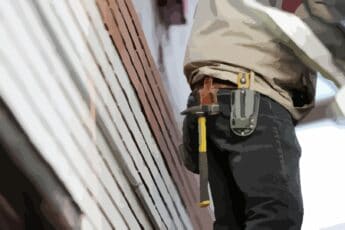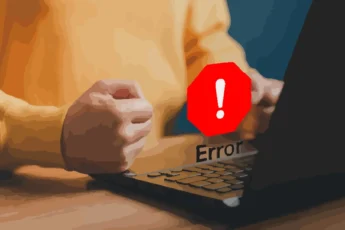Essential Furnace Maintenance: Your Guide to Winter Safety in Canada
The Importance of Regular Furnace Maintenance
As winter approaches in Canada, ensuring your furnace is in top condition becomes crucial. Regular furnace maintenance not only keeps your home warm but can also save lives. This guide will walk you through the essential steps of furnace upkeep and why it’s so important for Canadian homeowners and landlords.
Preparing for the Canadian Winter
Even with predictions of milder winters, Canadian homes still face frigid nights. A well-maintained furnace is your best defense against the cold. Every winter, technicians across Canada respond to emergency calls for broken furnaces, often at inconvenient times.
The Life-Saving Annual Furnace Inspection
An annual inspection by a certified technician is vital for proper property management in Canada. Common issues like corroded flame sensors can be quickly fixed, while other problems may range from dust buildup to electrical malfunctions. Learn more about home heating systems from Natural Resources Canada.
What to Expect During a Professional Furnace Checkup in Canada
During a furnace maintenance visit, a Canadian technician may perform the following:
- Check vent system for blockages or leaks
- Inspect air intake grills
- Measure blower motor amperage draw
- Check carbon monoxide levels
- Inspect drainage system
- Check blower door for leaks
- Inspect burners and flame sensor
- Ensure wiring integrity
- Inspect heat exchanger for corrosion
Don’t forget to replace furnace filters every three months for optimal performance in Canadian homes.
The Critical Carbon Monoxide Check: A Canadian Safety Priority
The carbon monoxide (CO) check is the most crucial part of furnace maintenance in Canada. While CO detectors are essential, an inspection can reveal high CO levels before they become dangerous. For more information on CO safety in Canada, visit Health Canada’s CO safety page.
Canadian Landlord Responsibilities: Ensuring Tenant Safety
Canadian landlords are responsible for installing, maintaining, and testing CO alarms, as well as providing tenants with maintenance instructions. Recent legislation has emphasized these responsibilities. Check our Canadian landlord resources page</internal link> for more details on property management best practices.
Timing Your Furnace Maintenance: Canadian Climate Considerations
Schedule your furnace maintenance before the cold weather hits in Canada. Most people wait until October, leading to longer wait times. Be proactive and ensure your heating system is ready when you need it most during the Canadian winter.
Conclusion: Proactive Furnace Maintenance for Canadian Peace of Mind
Regular furnace maintenance is not just about avoiding inconvenient breakdowns; it’s about ensuring the safety and comfort of your Canadian home or rental property. Take care of your furnace, and it will take care of you and your tenants throughout the harsh Canadian winter months.
If you’re not yet a client and would like to learn more about how we prepare rental properties for Canadian winters, contact us today.



